Peanut Butter mud, the bottom of the barrel and some third-time charm at Unbound Gravel
Inside Jacob Rathe’s sub-11 hour ride at world's premier gravel race
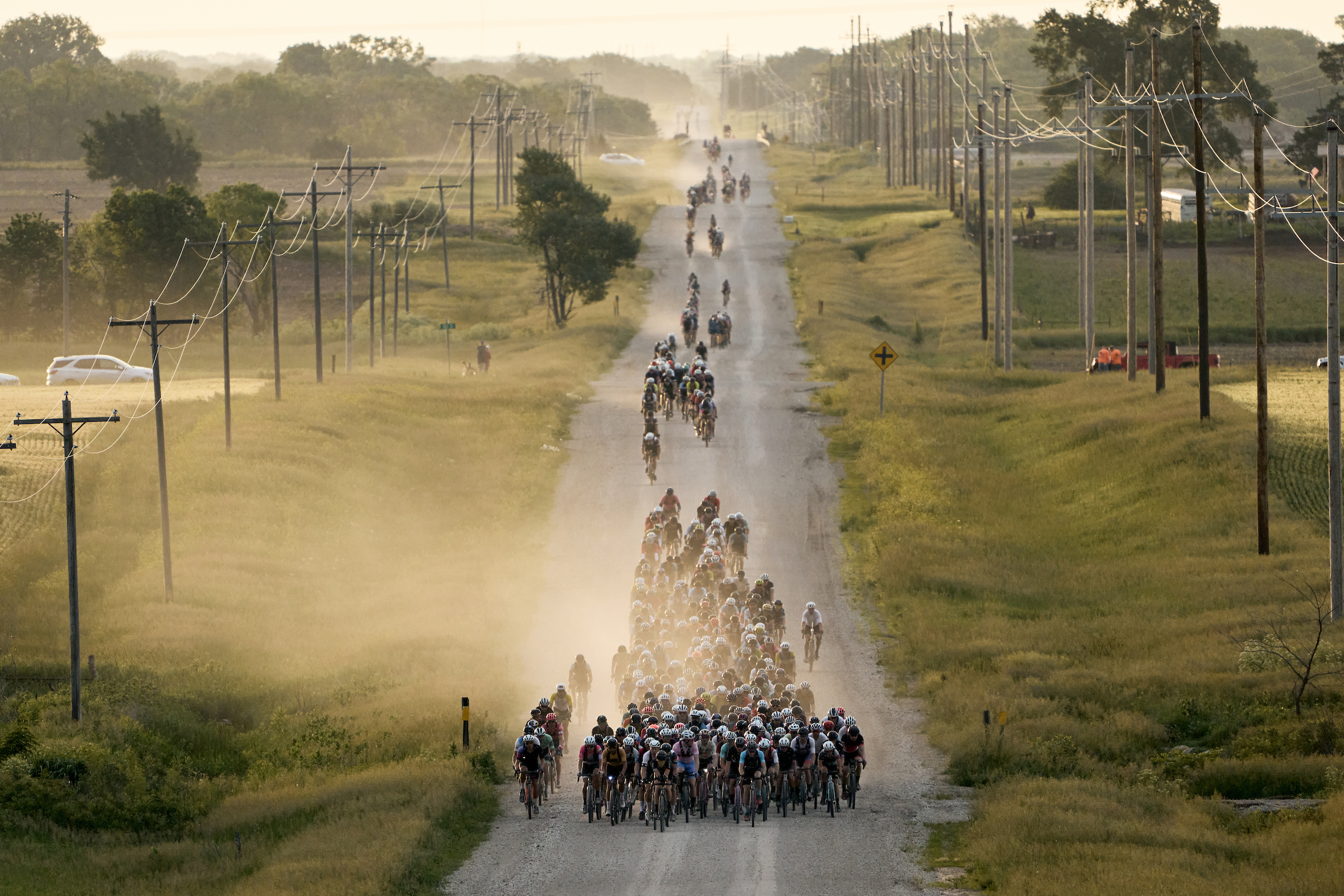
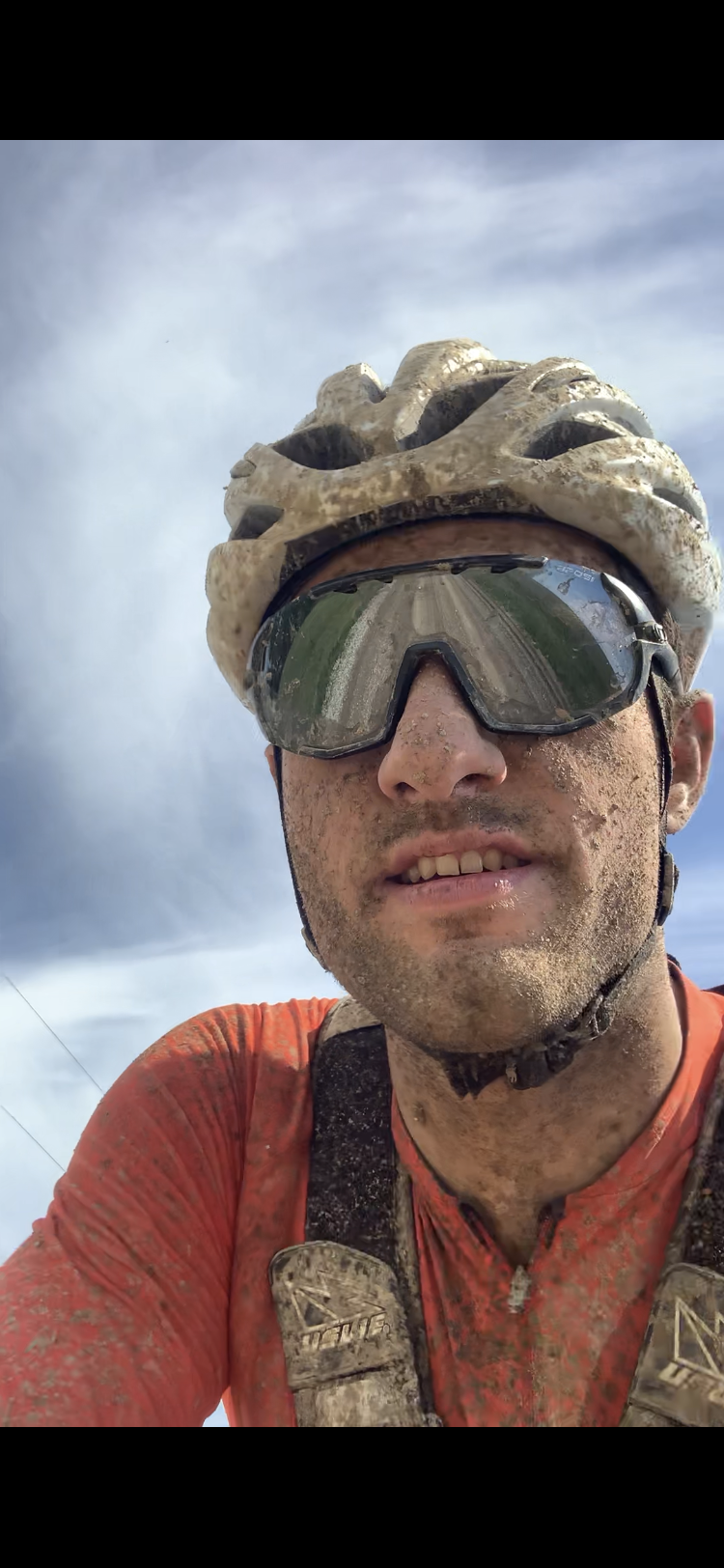
Gravel racing is having a special moment, and Unbound Gravel in Emporia, Kansas, is the epicenter. The town is buzzing with energy with riders of all types, and the front of the competition is stacked with current and recently retired professionals from road, mountain, triathlon and the relatively new category of gravel privateers.
This is my third time coming to Unbound, which I started doing after retiring from road racing in 2018. When I was presented with the opportunity to give it another go this year, I didn’t have a good enough excuse to not come see old friends from bike racing, and go through a fair amount of suffering in the Flint Hills of Kansas. In 2019, I crashed out of the race and at my second attempt in 2021 I flatted early. This time I was hoping for a clean run.
The field of nearly 1200 riders set off in the morning glow of sunrise. Despite it being 6 a.m. with 200 miles to go, nobody at the front was comfortable relaxing. The front group of several hundred riders nervously entered the gravel, kicking up rocks that bounced and ricocheted through the group with the cadence of popcorn starting to explode on a stove.
The experienced riders knew to stick to the tire tracks — the safest place to be. The middle and the sides of the roads are far more unpredictable. It could be deep gravel, washboard, tire ruts or baseball-sized rocks. Wander into the unknown and you are more likely to have an early mishap, and if there is any race that is known for mishaps, it is Unbound Gravel.
I was riding in the top 100-150 for the beginning, just trying to survive without a flat or crash. In the first 20 miles alone, there were at least 5 crashes in the front of the group. The wide range of riding ability combined with surprising obstacles in the road makes for a sketchy combination. Many who have no business riding in the top 50 waste their energy and take risks trying to be there. The race isn’t won in the first 20 miles, but it can be lost here.
After an hour, we hit a climb and the front of the race shattered. The rise hadn’t even shown up on most course profiles, but with a sloppy muddy patch and a chunky rocky section, it may as well have been considered hors catégorie. The “Rubber Band” process began with the group breaking up on a hill or technical feature, and then welling back together. Every time this happened, fewer people remain in the front of the race, and more are scattered behind.
The sky to the west was becoming darker and darker, as a few light rain drops spattered on the strung out line of riders.
Get The Leadout Newsletter
The latest race content, interviews, features, reviews and expert buying guides, direct to your inbox!
This is where I started to ask myself the hard questions about my race strategy: how long should I follow along with the front of the race? How long can I hang on?
When I was a professional bike racer, my strengths were in classic style races, where maintaining position over undulating and technical terrain is vital. Hanging on as long as I possibly can is not a good decision, but sitting up at the first hard effort would miss out on a lot of free energy in the draft.
Around mile 50, the pace was unrelenting and it was clear that I would be in and out of the red zone far too much. A group of us formed and established a steadier pace through the undulating terrain.
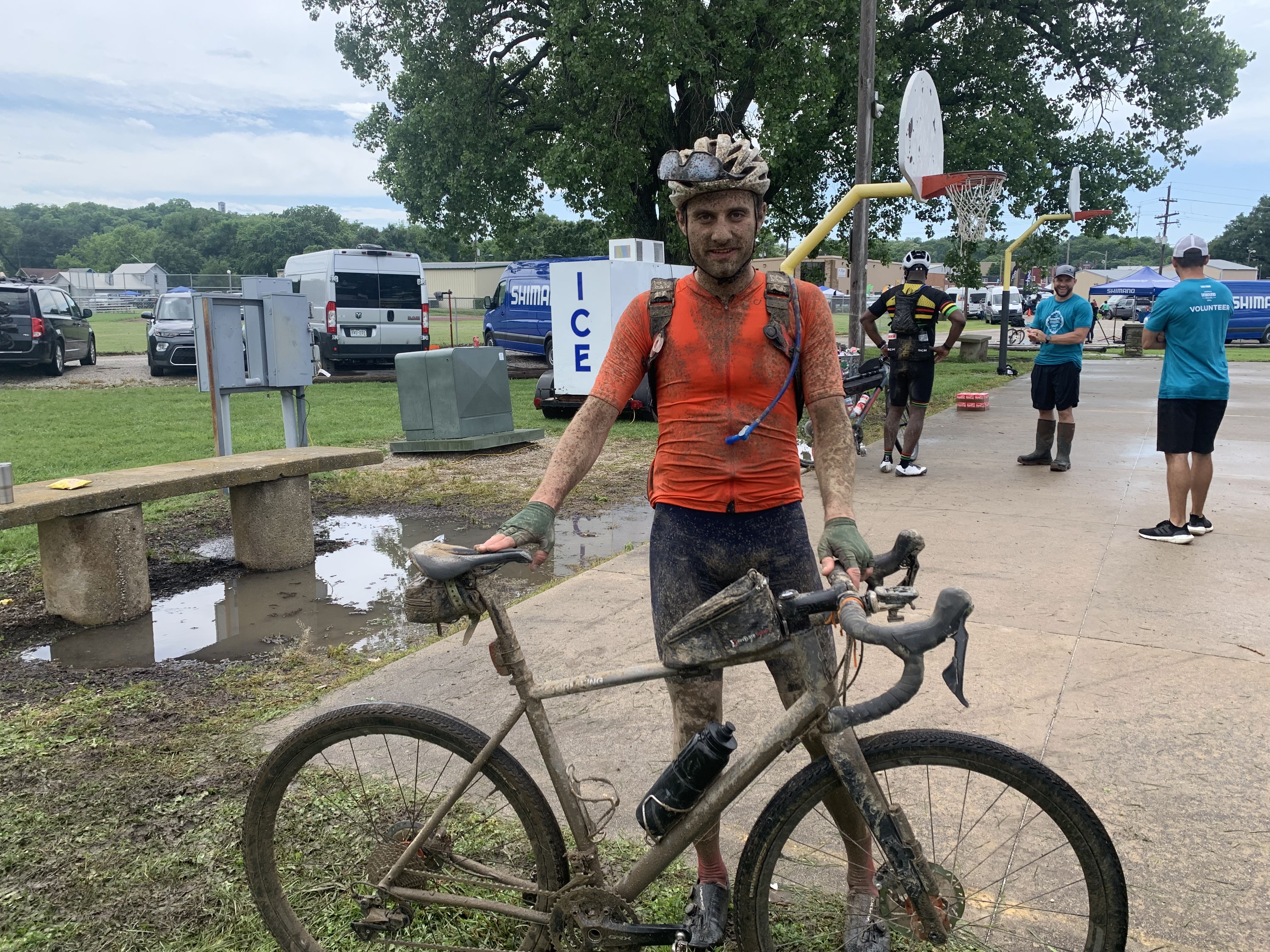
Rathe coming through the aid station
The first aid station came at mile 78. This was one of just two spots on course where rider support crews were allowed to assist. Much like a Formula One race, anyone in the front group relied on a well-orchestrated pit crew for a fresh hydration pack, new bottles, and resupply of race food all within 30 seconds. I wasn't worried about every second, and took my time, spending 5 whole minutes reloading everything at the neutral aid station.
In order to get through an event like this, I broke the race up into three chunks separated by the two aid stations. The middle section from mile 82-160 is where I entered the most mentally daunting part of the race. The legs began to feel heavier and each hill seemed to take a little extra oomph to get up.
For the first 120 miles of the race, the sky was mostly overcast with mild temperatures but then we turned directly into a wall of dark clouds and rain. The wind picked up in a blustery fury, and the rain suddenly pummeled us. The small group I was with split apart as the double-track road became greasy and treacherous. Within a mile I was completely covered in mud and struggling to see with or without my mud-splattered glasses on.
Miles 130 to 160 tend to be a turning point in this race. I kept moving along at a reasonable pace, though it was requiring more effort to do. I caught riders, who would draft for a couple miles and then fade off. Others would pass me. It seems that most everyone finds the bottom of the barrel around this point, and it takes every last drop of reserves to get through the rough and pitchy farmland.
After the second aid station at mile 160, we entered the third and final block of the race, consisting of only 40 miles, over what seemed like mild terrain. I had 2.5 hours to complete 40 miles to go sub-11 hours, which pre-race goal had seemed like a good time. The blue skies had returned and I set out from the aid station optimistic that I could knock out the last section strong and swiftly. Then came a left turn…to what would be only a small taste of the “peanut butter mud” that I had heard about. The rider in front of me attempted to ride it, and swiftly lost both wheels and fell in the mud.
Walking was no easier. The mud was tough, slippery and sticky. My shoes acted like suction cups, and my bike continued to pick up more and more mud. The front fork of my Sage Titanium Storm King built up so much mud, it was completely clogged despite having significant clearance. My bike must have weighed 80 pounds, with many handfuls of mud accumulating wherever it could. I pushed through this half mile of peanut butter and watched my average speed and spirits crumble.
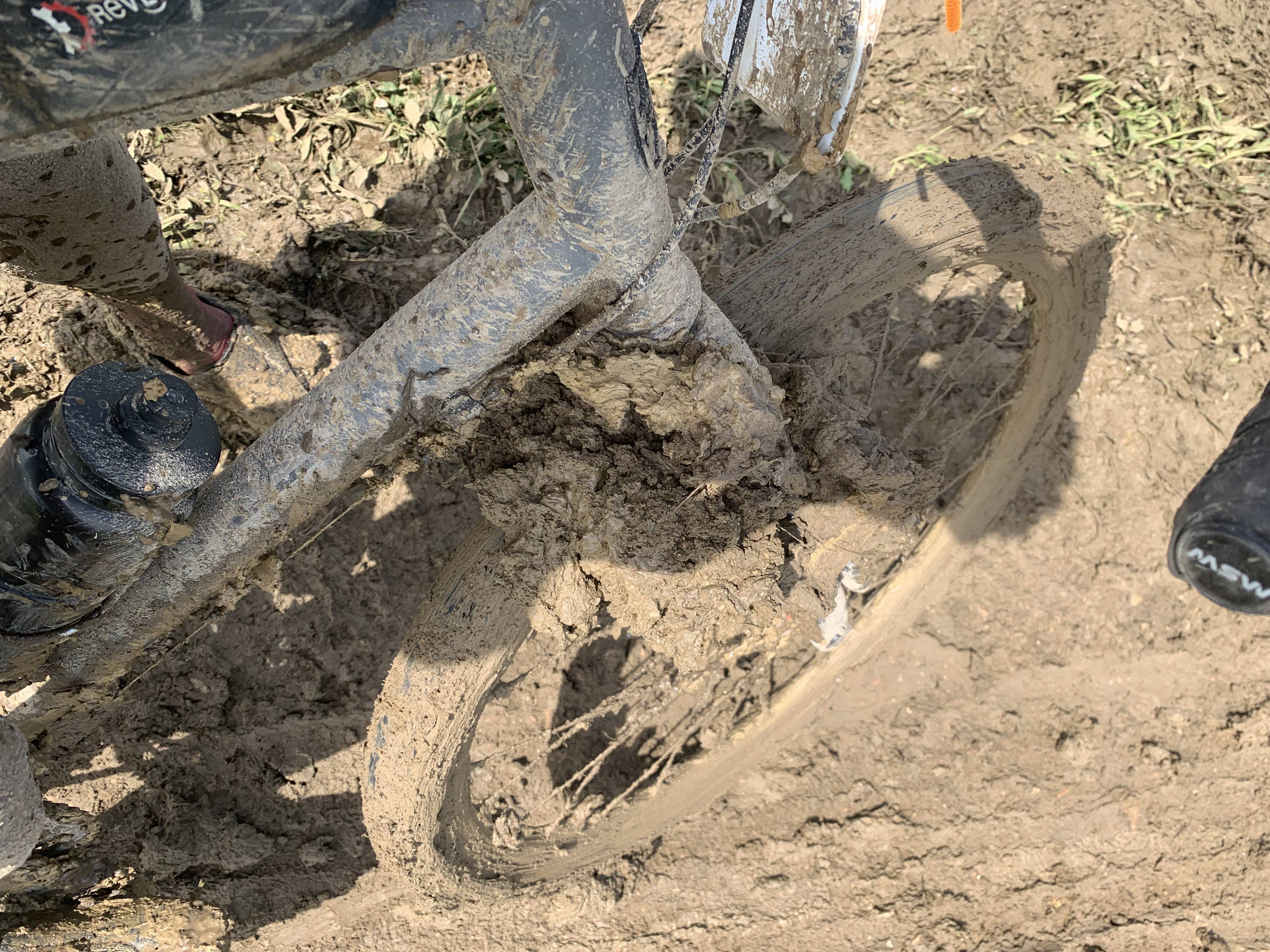
Peanut butter mud
For all the moments that feel a little extra tough, once in a while something happens in our favor. The last 20 miles, the course turned predominantly west, which meant a tailwind! The miles ticked away, and the idea that this endless journey would actually come to an end became reality. I went through a small tunnel under a highway and popped out on the college campus, a familiar sight. I rolled into the finish straight thoroughly exhausted and more than satisfied. I finished in 10 hours 50 minutes, which was surprisingly fast and surprisingly far behind the leaders at the same time. The winners clocked 9 hours 22 minutes — wow!

Thank you for reading 20 articles this month* Join now for unlimited access
Enjoy your first month for just £1 / $1 / €1
*Read 5 free articles per month without a subscription

Join now for unlimited access
Try first month for just £1 / $1 / €1

Oregon-native Jacob Rathe is a retired professional road racer who raced for teams like Garmin-Sharp and Jelly Belly Cycling. Rathe enjoys being mildly competitive in cycling with a focus off-road, and rides for Sage Titanium and OTTOLOCK. He is a bike fitter and cycling coach in Portland, OR.
-
 A bike rack with an app? Wahoo’s latest, and a hub silencer – Sea Otter Classic tech highlights, Part 2
A bike rack with an app? Wahoo’s latest, and a hub silencer – Sea Otter Classic tech highlights, Part 2A few standout pieces of gear from North America's biggest bike gathering
By Anne-Marije Rook
-
 Cycling's riders need more protection from mindless 'fans' at races to avoid another Mathieu van der Poel Paris-Roubaix bottle incident
Cycling's riders need more protection from mindless 'fans' at races to avoid another Mathieu van der Poel Paris-Roubaix bottle incidentCycling's authorities must do everything within their power to prevent spectators from assaulting riders
By Tom Thewlis
-
 Lidl-Trek, EF Education-EasyPost among first teams to seize ‘the only chance to race in the United States’
Lidl-Trek, EF Education-EasyPost among first teams to seize ‘the only chance to race in the United States’With a world-class field of competitors, organisers hope to showcase professional cycling to American spectators and reignite fan interest
By Anne-Marije Rook
-
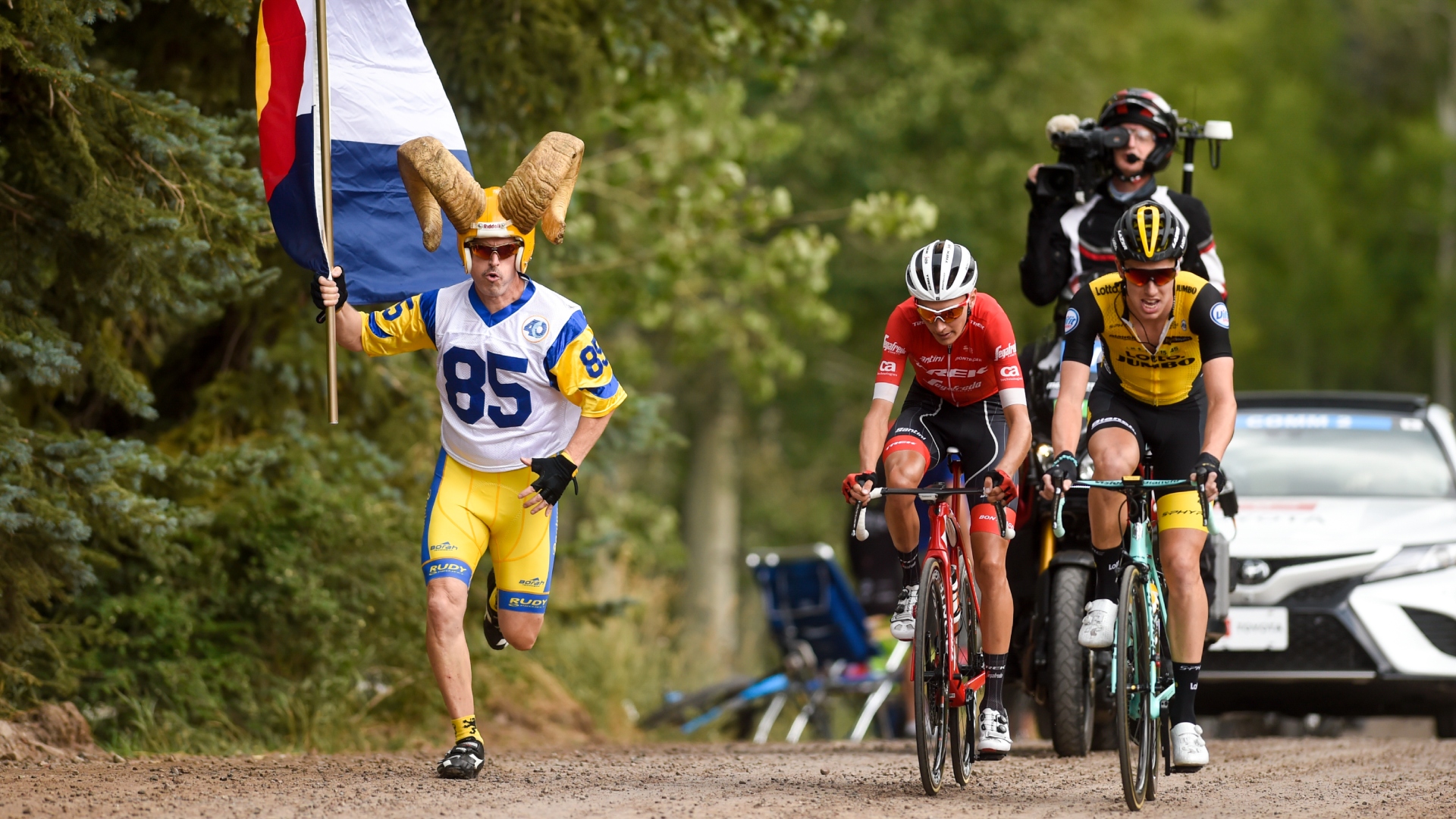 ‘We may fail, but the timing is right’ - British company to revive international bike racing in Colorado
‘We may fail, but the timing is right’ - British company to revive international bike racing in ColoradoSet for 2026, the Tour of Colorado will take place between the Maryland Cycling Classic and Quebec’s late summer events, creating a complete block of racing
By Anne-Marije Rook
-
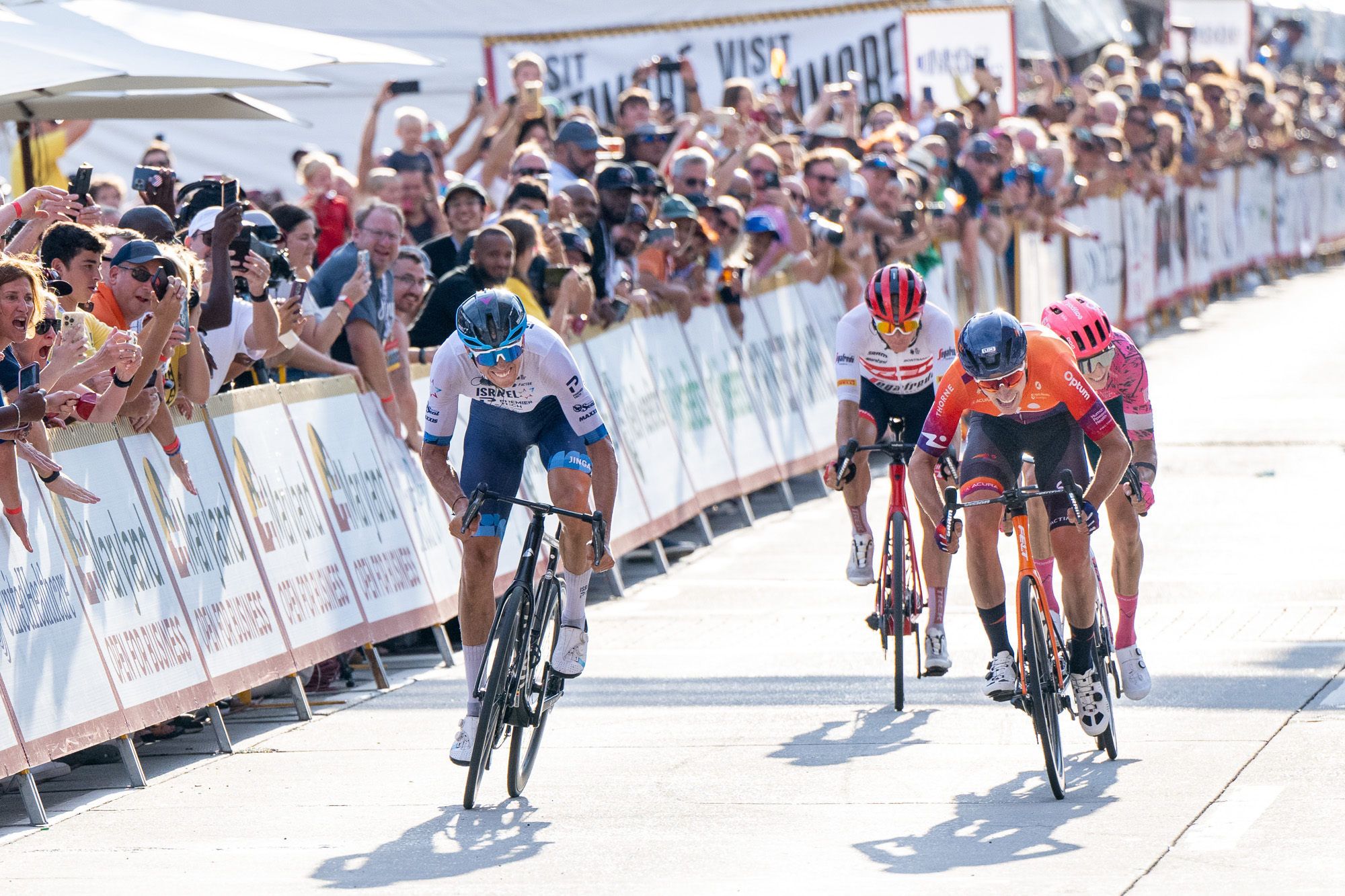 Back and bigger: Maryland Cycling Classic adds women's race and new date in 2025
Back and bigger: Maryland Cycling Classic adds women's race and new date in 2025Following the 2024 cancellation, the top-ranked US race returns with promising changes
By Logan Jones-Wilkins
-
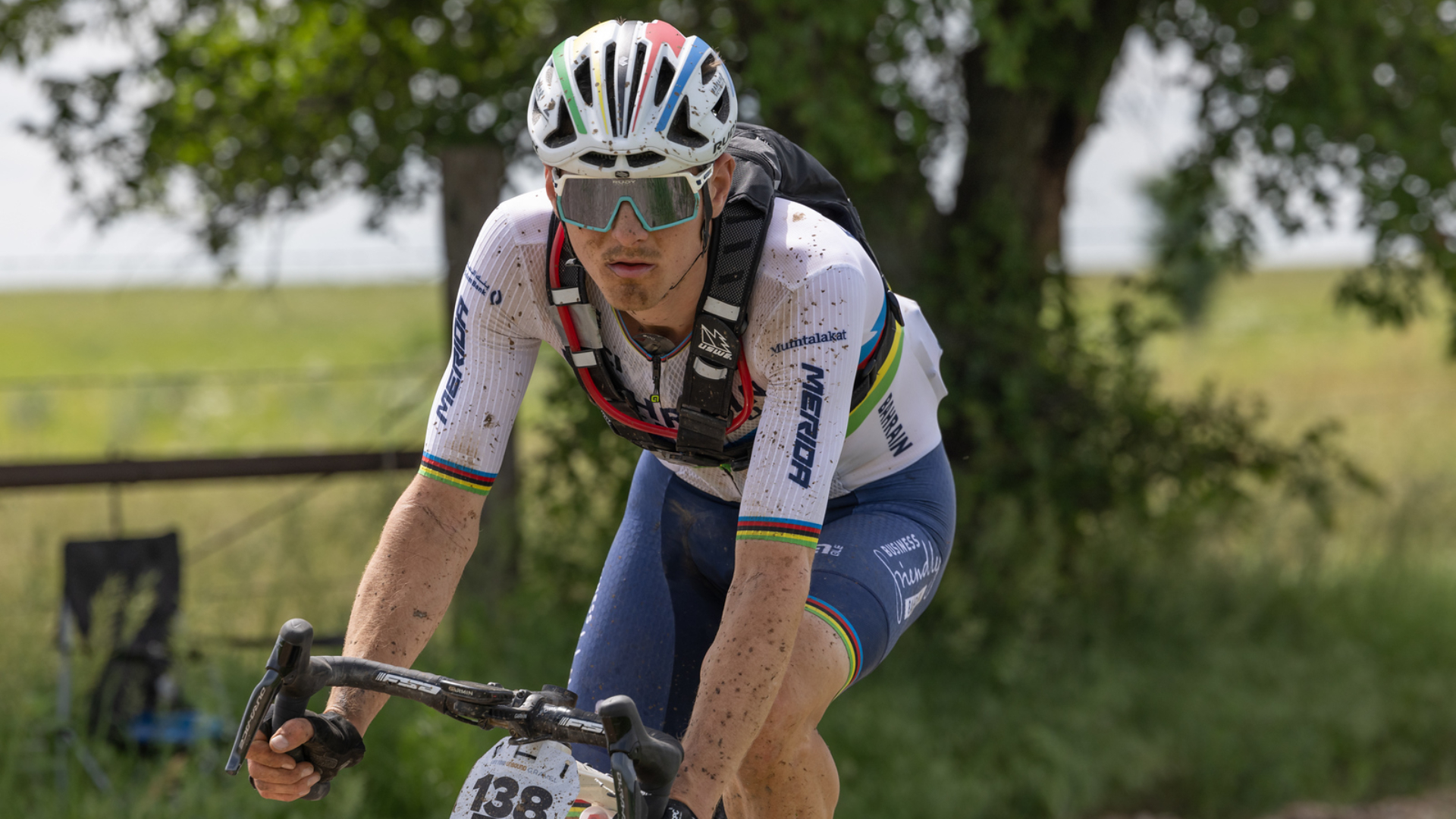 Gravel world champion Matej Mohorič out of Unbound with broken rim and several flat tires
Gravel world champion Matej Mohorič out of Unbound with broken rim and several flat tiresHe may have been one of the most marked men in the Unbound 200 peloton, but it wasn't Matej Mohorič's day today. The gravel world champion suffered two flat tires and a broken rim.
By Anne-Marije Rook
-
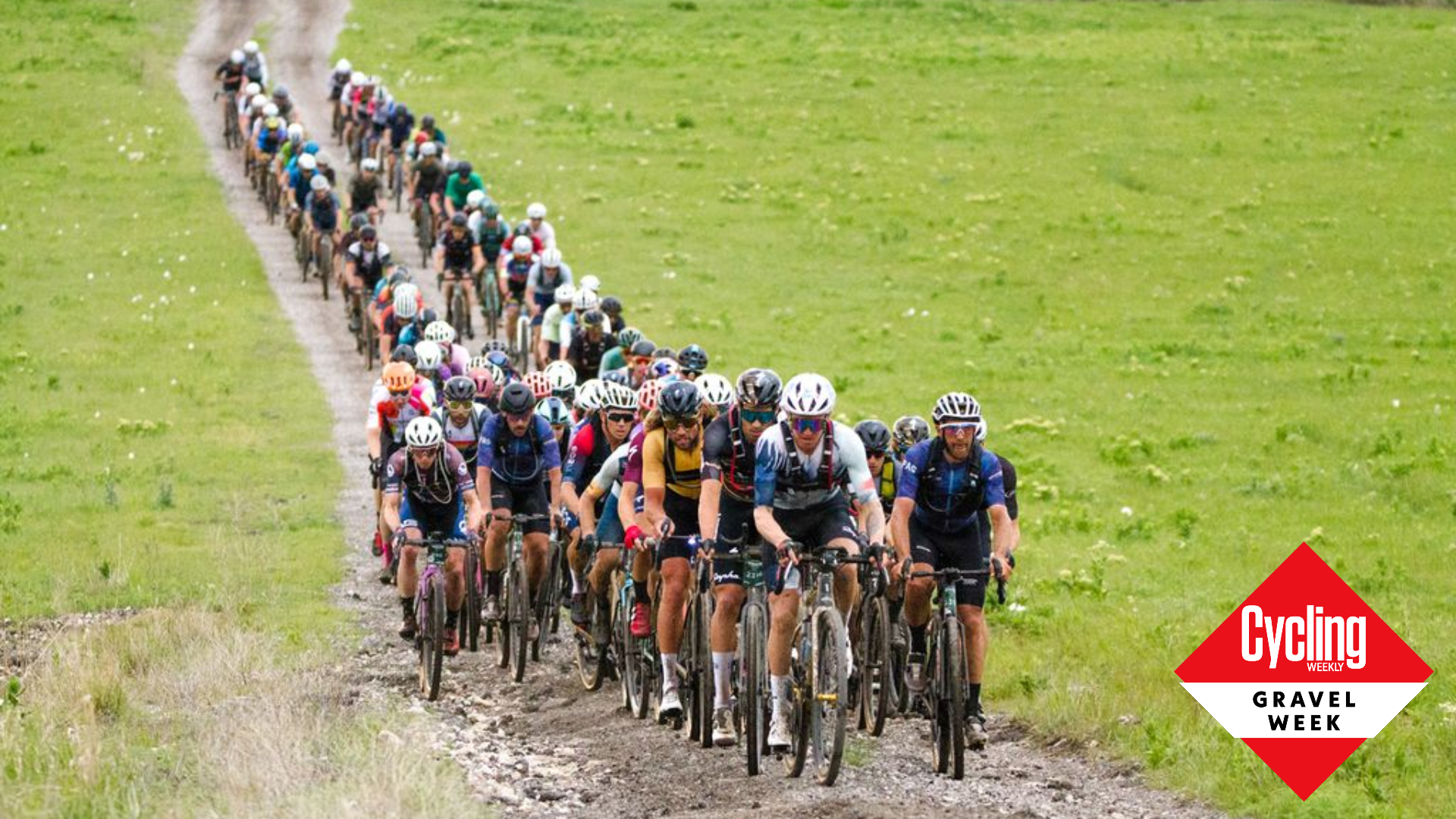 What is Unbound Gravel, who's racing and where to watch the world's 'premier gravel event'
What is Unbound Gravel, who's racing and where to watch the world's 'premier gravel event'WorldTour roadies, track world champions and MTB Olympians joining thousands of participants, Unbound Gravel has grown to be the world's biggest gravel race.
By Anne-Marije Rook
-
 Will Sepp Kuss spark a US road cycling revival?
Will Sepp Kuss spark a US road cycling revival?It’s been some 15 years since we saw such an exciting contingent of American riders in the WorldTour; there’s hope their ember can spark a fire in the hearts of American sports fans
By Anne-Marije Rook
-
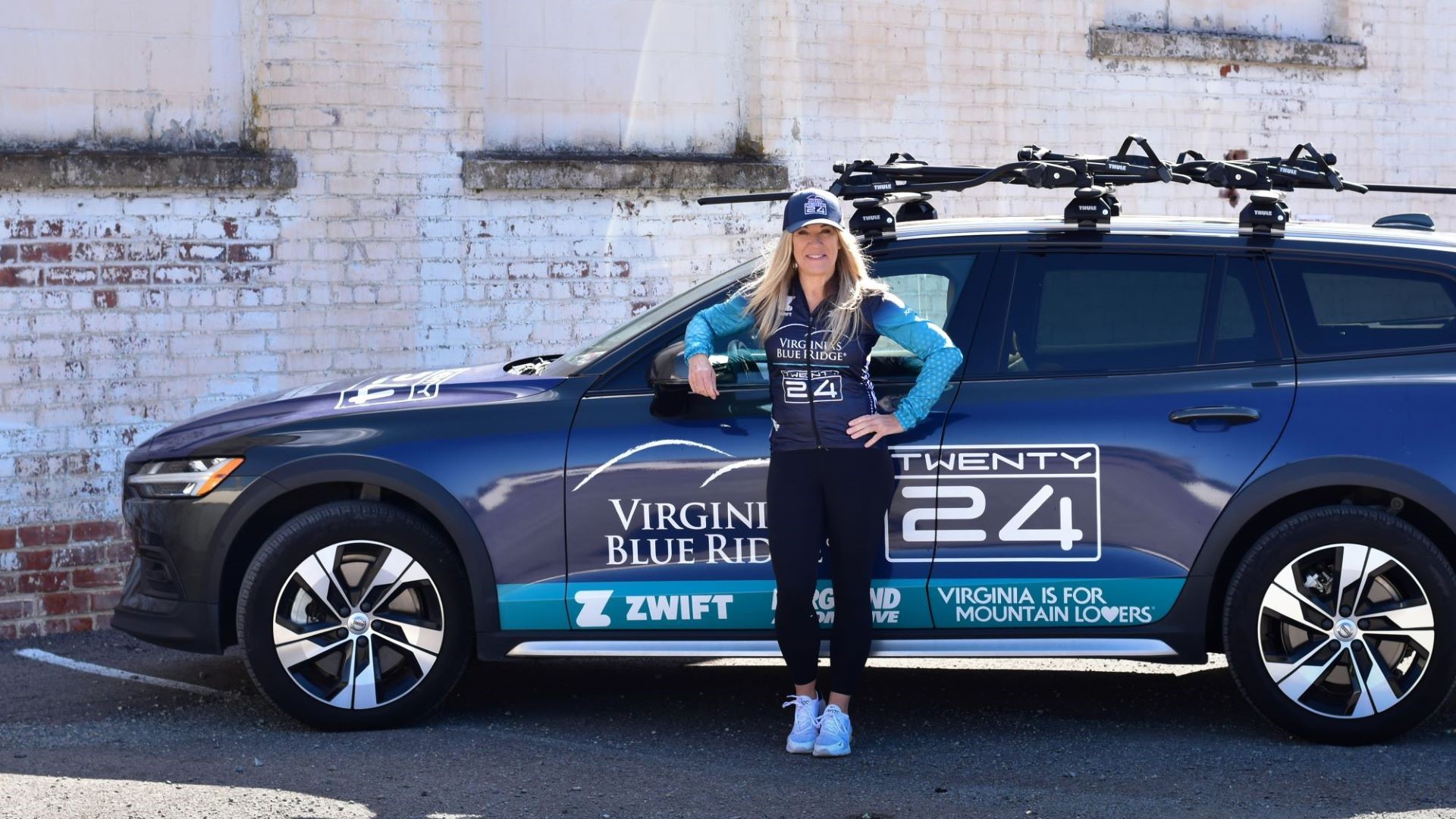 19 years, 18 Olympic gold medals and 17 world titles: meet the visionary behind the longest running women's professional cycling team in the world
19 years, 18 Olympic gold medals and 17 world titles: meet the visionary behind the longest running women's professional cycling team in the worldNicola Cranmer reflects on almost two decades of Team TWENTY24’s success.
By Riley Missel
-
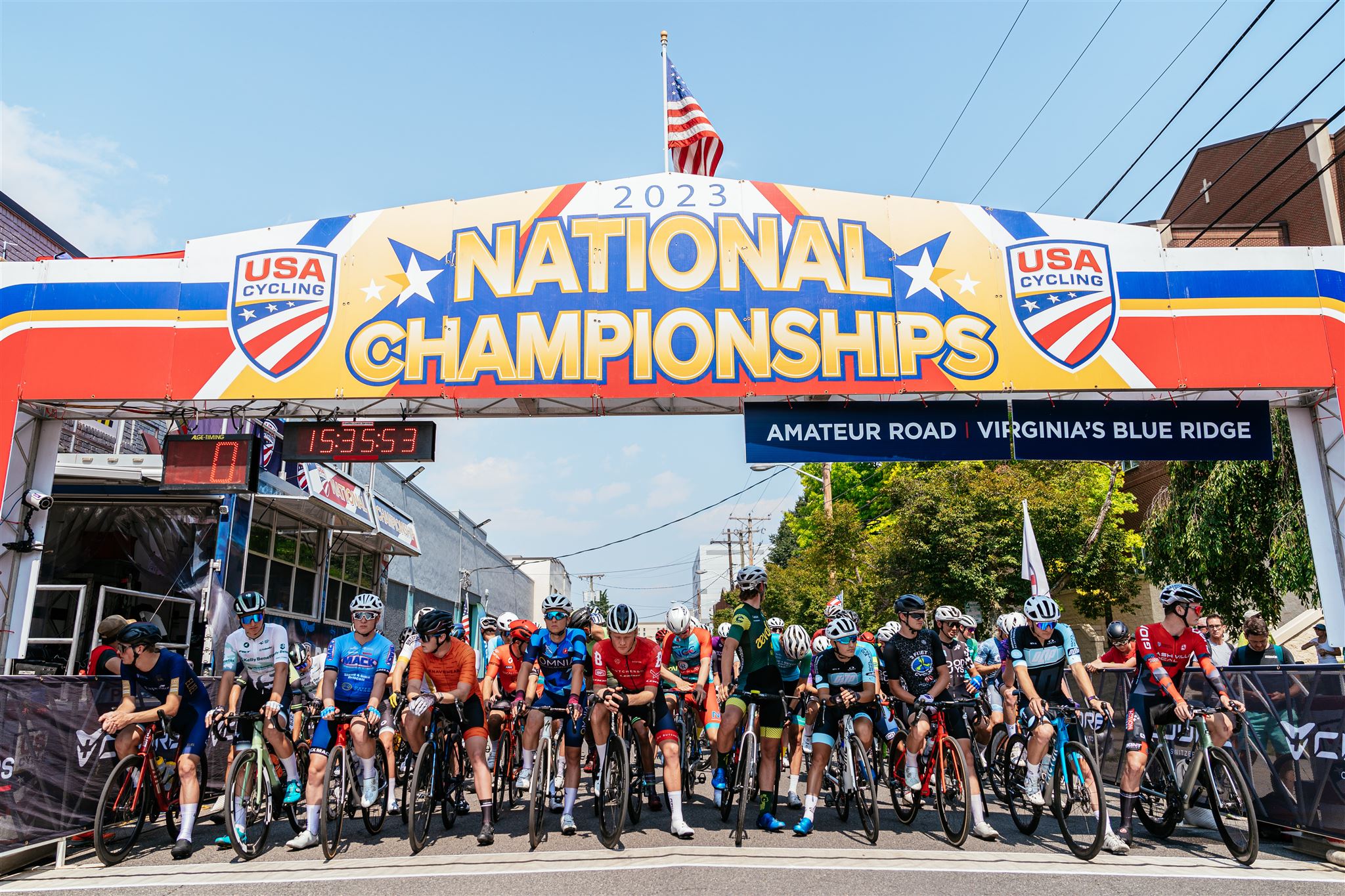 From esports to cyclocross, here’s the 2024 USA Cycling National Championship schedule
From esports to cyclocross, here’s the 2024 USA Cycling National Championship schedule2024 will see 18 National Championships across road, mountain track, cyclocross, gravel, BMX and esports cycling disciplines
By Anne-Marije Rook